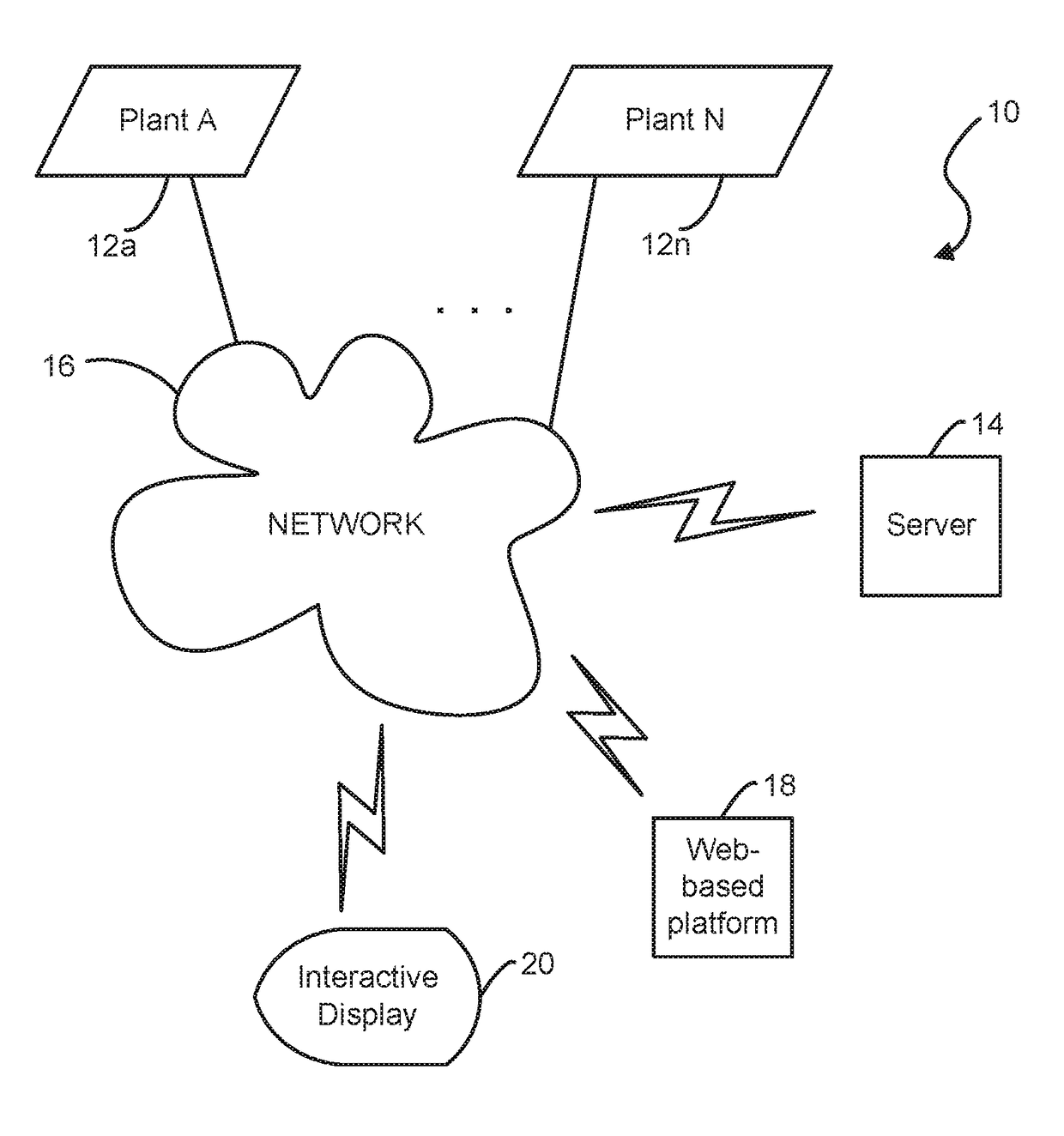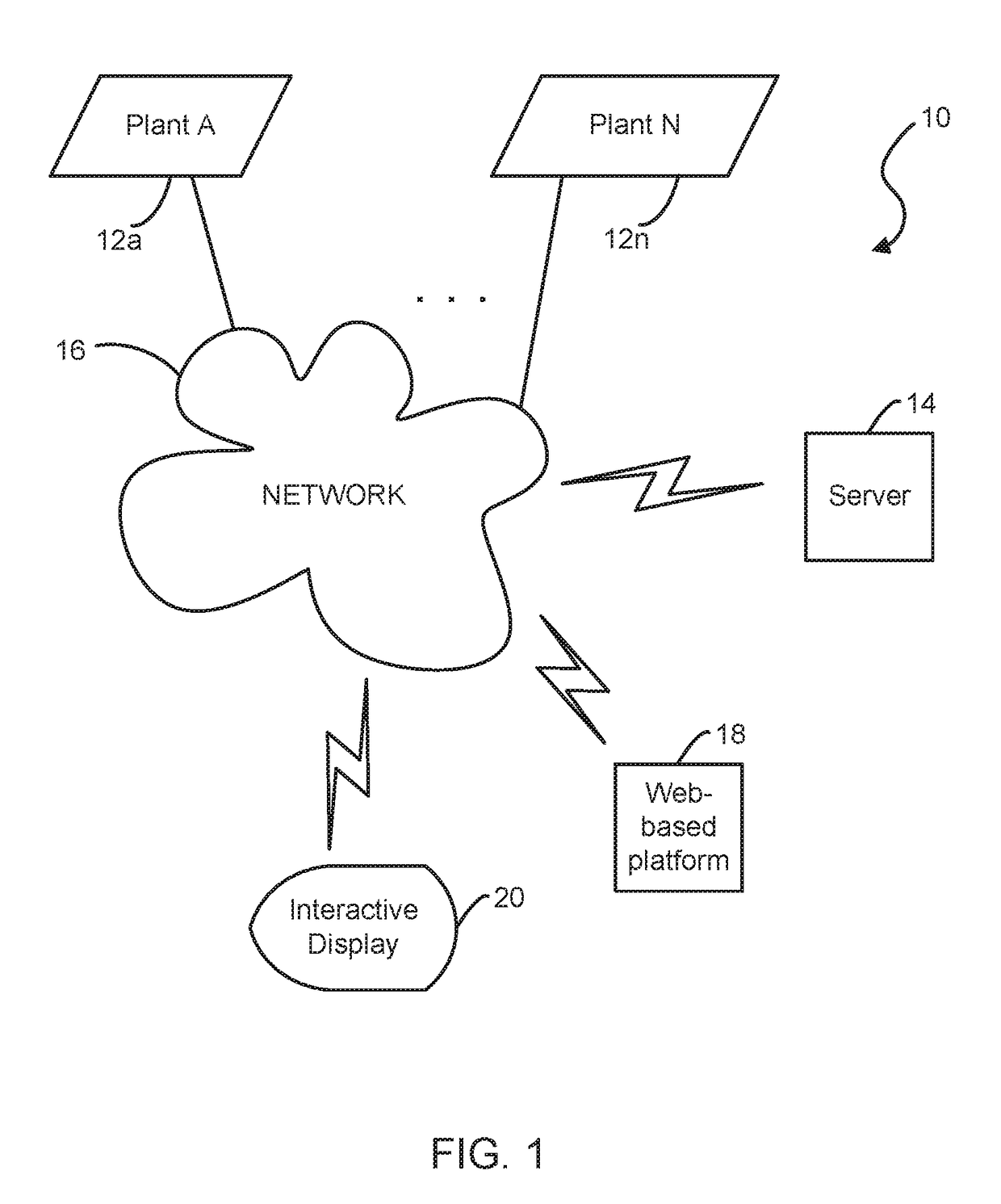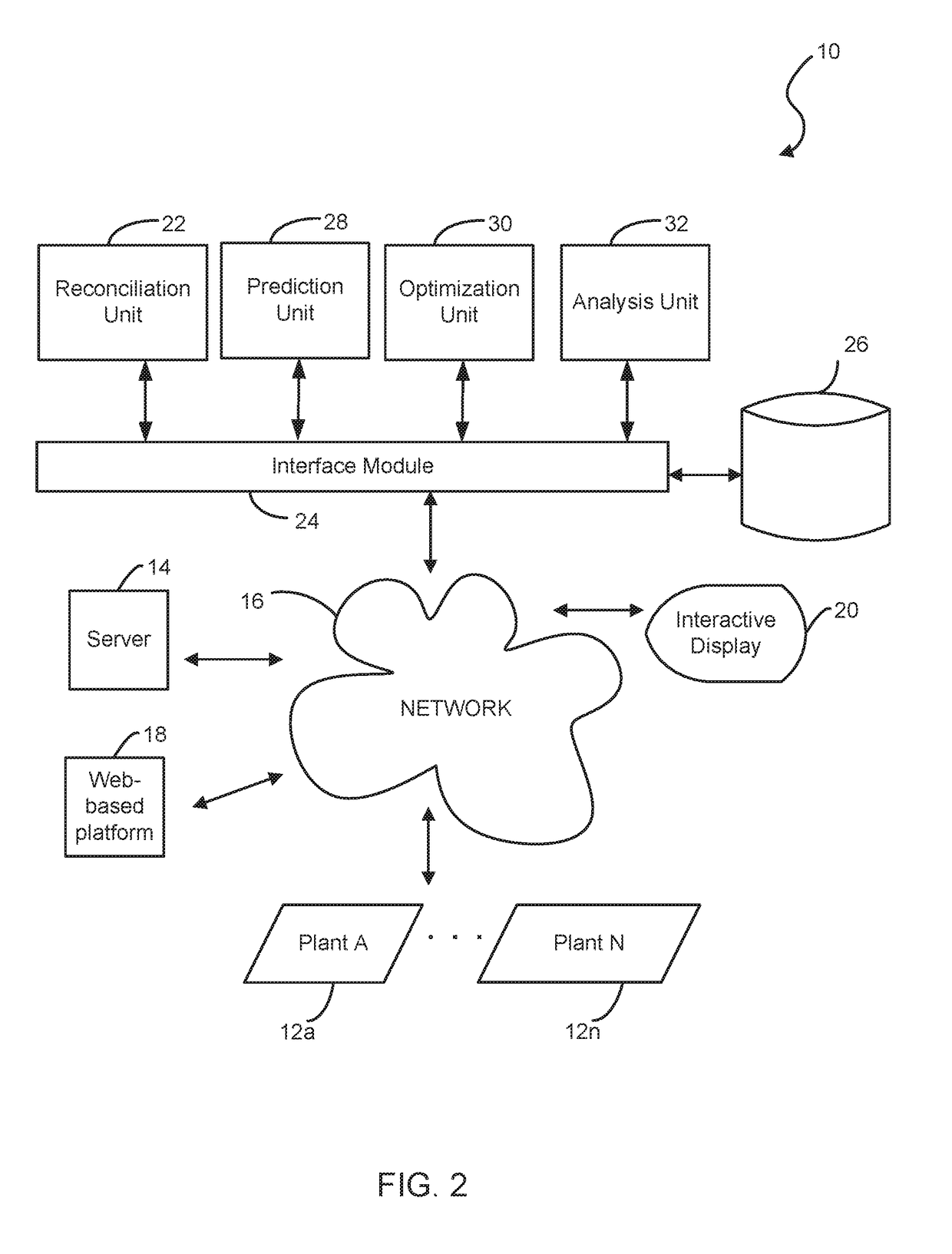System and method for improving performance of a chemical plant with a furnace
a technology for chemical plants and furnaces, applied in the direction of total factory control, hydrocarbon distillation control/regulation, instruments, etc., can solve the problems of reducing the experience level of workers, increasing complexity of technology, and challenging environment for companies operating refineries and petrochemical plants, so as to improve the operation efficiency of chemical plants and refineries. , the effect of improving the operation level
- Summary
- Abstract
- Description
- Claims
- Application Information
AI Technical Summary
Benefits of technology
Problems solved by technology
Method used
Image
Examples
specific embodiments
[0151]While the following is described in conjunction with specific embodiments, it will be understood that this description is intended to illustrate and not limit the scope of the preceding description and the appended claims.
[0152]A first embodiment is a system for improving operation of a plant, the tuning system including a server coupled to the tuning system for communicating with the plant via a communication network; a computer system having a web-based platform for receiving and sending plant data related to the operation of the plant over the network; a display device for interactively displaying the plant data; and a reconciliation unit configured for reconciling actual measured data from the plant in comparison with a performance process model result from a simulation engine based on a set of predetermined reference or set points, wherein the reconciliation unit performs a heuristic analysis against the actual measured data and the performance process model result using ...
PUM
| Property | Measurement | Unit |
|---|---|---|
| surface temperature | aaaaa | aaaaa |
| interface | aaaaa | aaaaa |
| size | aaaaa | aaaaa |
Abstract
Description
Claims
Application Information
 Login to View More
Login to View More - R&D
- Intellectual Property
- Life Sciences
- Materials
- Tech Scout
- Unparalleled Data Quality
- Higher Quality Content
- 60% Fewer Hallucinations
Browse by: Latest US Patents, China's latest patents, Technical Efficacy Thesaurus, Application Domain, Technology Topic, Popular Technical Reports.
© 2025 PatSnap. All rights reserved.Legal|Privacy policy|Modern Slavery Act Transparency Statement|Sitemap|About US| Contact US: help@patsnap.com



